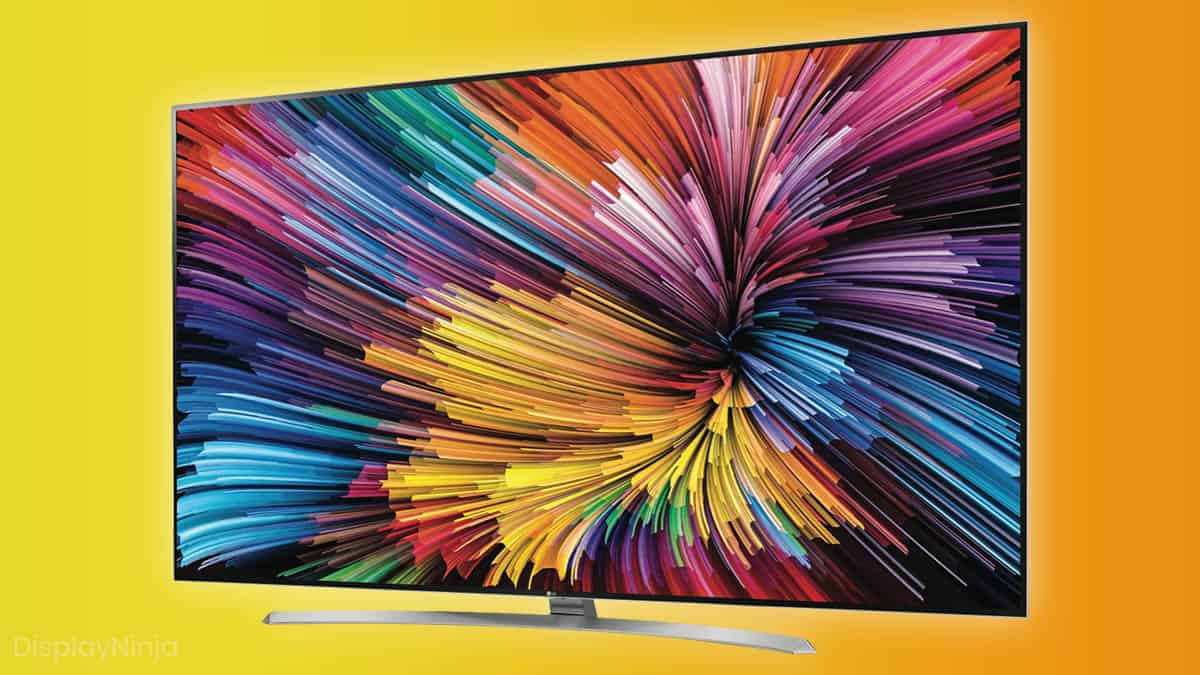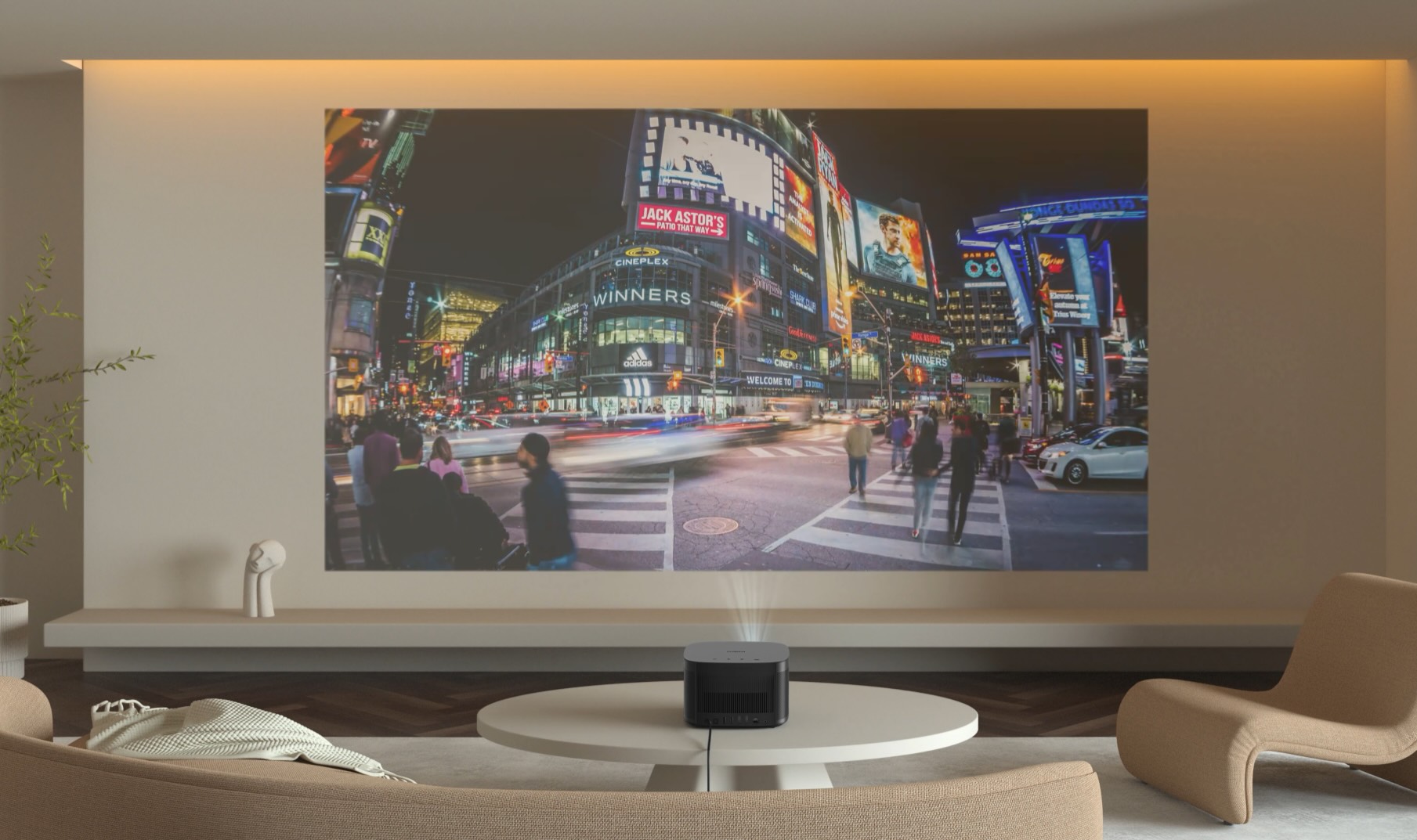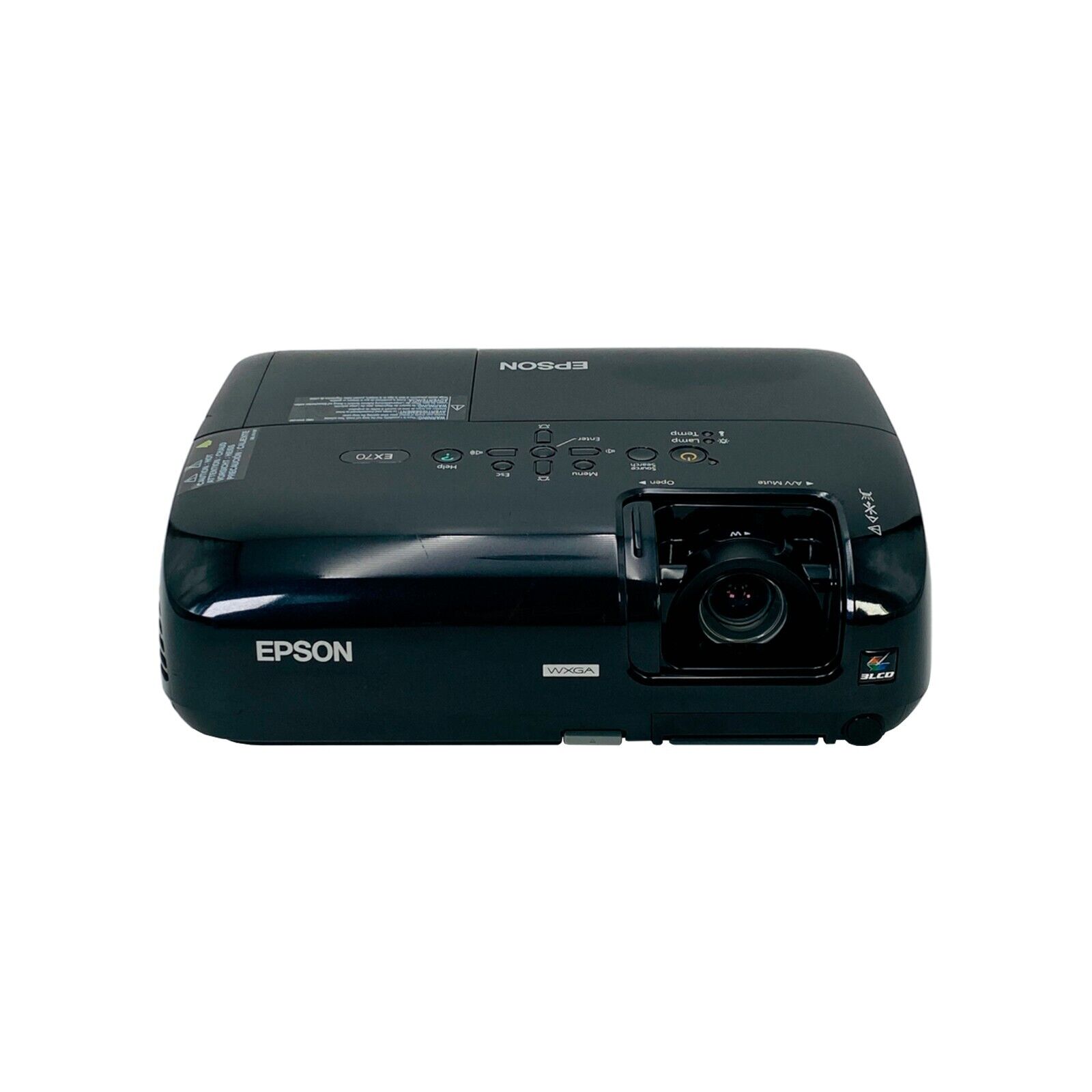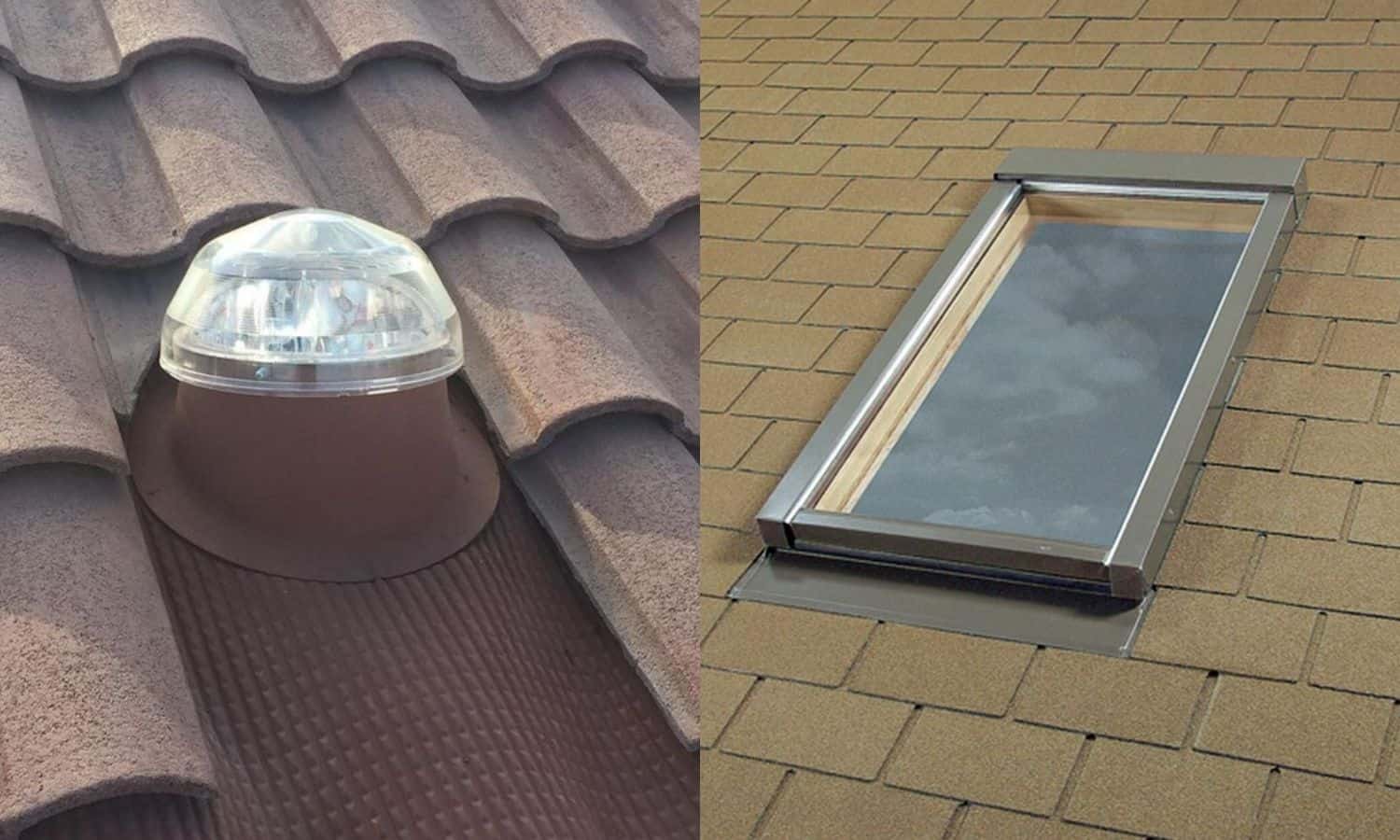Home>Technology>Home Entertainment Systems>Which Is Better: Plasma Or LCD Television?


Home Entertainment Systems
Which Is Better: Plasma Or LCD Television?
Modified: January 4, 2024
Discover the perfect home entertainment system: Plasma or LCD television? Compare the features and performance to find out which option is better for you.
(Many of the links in this article redirect to a specific reviewed product. Your purchase of these products through affiliate links helps to generate commission for Storables.com, at no extra cost. Learn more)
Introduction
Welcome to the world of home entertainment systems, where the possibilities for immersive and high-quality viewing experiences are endless. When it comes to choosing the perfect television for your home, two popular options dominate the market: plasma and LCD.
With their sleek designs, vibrant displays, and advanced features, plasma and LCD televisions have revolutionized the way we enjoy movies, TV shows, and even video games. Whether you’re a film buff, a sports enthusiast, or a casual viewer, having a top-notch television can greatly enhance your home entertainment setup.
But with so many options available, it can be challenging to determine which type of television is right for you. In this article, we’ll delve into the differences between plasma and LCD televisions, discussing their picture quality, viewing angles, size and price, power consumption, lifespan, and motion handling. By the end, you’ll have a better understanding of these two technologies, helping you make an informed decision when purchasing your next home entertainment centerpiece.
So, let’s dive in and explore the wonderful world of plasma and LCD televisions, uncovering the advantages and disadvantages of each type to help you find the perfect match for your home and personal viewing preferences.
Key Takeaways:
- Plasma televisions excel in picture quality, contrast ratios, and motion handling, making them ideal for movie enthusiasts and gamers seeking immersive viewing experiences. However, they may be bulkier and have a slightly shorter lifespan.
- LCD televisions offer a wider range of screen sizes, better energy efficiency, and resistance to screen burn-in. They are well-suited for bright room conditions and provide versatility in meeting specific room requirements.
Read more: What Is Better LCD Or LED Television?
Overview of Plasma Television
Plasma television technology has been around for several decades and has long been known for its exceptional picture quality. These televisions use a system of small cells containing gas and electrically charged phosphors to produce images.
One of the main advantages of plasma televisions is their ability to deliver deep blacks and excellent contrast ratios. This results in rich and vibrant colors, making them ideal for watching movies with dark scenes or playing video games with visually stunning graphics.
Plasma televisions also excel in displaying fast-moving action with minimal motion blur. Thanks to their fast refresh rates and response times, they can render smooth and fluid images, making them the preferred choice for sports enthusiasts and gamers.
However, plasma televisions have some drawbacks. They are generally thicker and heavier compared to LCD televisions, which can be a consideration if you’re looking for a sleek and space-saving design. Additionally, plasma displays are more susceptible to screen burn-in, where static images can leave a permanent imprint on the screen. While this issue has been greatly reduced in modern plasma televisions, it is still something to be aware of.
In terms of cost, plasma televisions were once more expensive than LCD options, but over the years, the price gap has narrowed significantly. You can now find plasma televisions that offer excellent picture quality at a more affordable price point.
Overall, plasma televisions are a fantastic choice for those who prioritize picture quality, deep blacks, and smooth motion handling. They offer a cinematic viewing experience that can truly bring your favorite movies and TV shows to life.
Overview of LCD Television
Liquid Crystal Display (LCD) televisions have gained immense popularity in recent years, thanks to their slim profiles, energy efficiency, and versatility. These televisions use a layer of liquid crystal pixels that manipulate light to produce images.
One of the key advantages of LCD televisions is their wide range of screen sizes. Whether you’re looking for a small TV for your bedroom or a massive display for your home theater, LCD televisions offer a variety of options to suit your needs.
LCD televisions also excel in bright, well-lit environments. Their backlighting systems can produce high levels of brightness, making them ideal for rooms with large windows or lots of ambient light.
Furthermore, LCD televisions are generally more energy-efficient compared to plasma models. They consume less power, resulting in lower electricity bills and a smaller impact on the environment.
However, LCD televisions have some limitations when it comes to picture quality. While they offer excellent color accuracy and brightness, they may struggle to deliver deep blacks and high contrast ratios compared to plasma televisions. This can affect the overall visual experience, particularly in dark scenes.
Another factor to consider is viewing angles. LCD televisions tend to have narrower viewing angles, meaning that the picture quality may diminish when viewing the screen from off-center angles. This is something to keep in mind if you plan on watching television with a large group of people or from various seating positions in the room.
In terms of cost, LCD televisions are generally more affordable than plasma models. They offer good value for money, with a wide range of options available across different price points.
In summary, LCD televisions are a popular choice for their slim designs, energy efficiency, and versatility in various room conditions. They are well-suited for well-lit environments and offer a range of screen sizes to accommodate different viewing preferences.
Picture Quality
When it comes to picture quality, both plasma and LCD televisions have their strengths and weaknesses, which are important to consider when choosing between the two.
Plasma televisions have long been favored for their exceptional picture quality, particularly in terms of contrast ratio and black levels. The technology used in plasma displays allows for deeper blacks and more detailed shadows, resulting in a more immersive viewing experience. This makes plasma televisions particularly well-suited for watching movies with dark scenes or playing video games with cinematic visuals.
On the other hand, LCD televisions have made significant advancements in picture quality over the years. With their backlighting systems, LCD TVs can produce bright and vibrant colors with excellent color accuracy. They also have the advantage of being able to display well-lit scenes with high levels of brightness, making them ideal for viewing in well-lit rooms or during daytime hours.
However, LCD televisions may struggle to deliver deep blacks and high contrast ratios compared to plasma models. This can result in a slight loss of detail in dark scenes, as well as a reduction in overall visual impact in terms of depth and richness. However, it’s worth noting that the latest LCD televisions have implemented technologies such as local dimming and HDR (High Dynamic Range) to help improve contrast and black levels.
Ultimately, the choice between plasma and LCD televisions boils down to personal preference and the type of content you most frequently watch. If you prioritize deep blacks, exceptional contrast, and cinematic visuals, plasma televisions may be the better choice. However, if you prefer vibrant colors, excellent color accuracy, and the ability to display well-lit scenes with higher brightness levels, an LCD television would be a suitable option.
It’s also essential to consider the room conditions and lighting in your viewing environment. If you have a well-lit room or large windows, an LCD television would be better equipped to handle the ambient light. On the other hand, if you have a dedicated home theater room with controlled lighting, a plasma television may better fulfill your picture quality requirements.
Ultimately, both plasma and LCD televisions have their merits when it comes to picture quality, and it’s important to assess your personal preferences and viewing environment to make the best choice for your home entertainment setup.
Viewing Angles
Viewing angles are an important factor to consider when choosing between plasma and LCD televisions. A good viewing angle ensures that everyone in the room can enjoy a clear and undistorted picture, regardless of their seating position.
Plasma televisions have long been known for their superior viewing angles. Thanks to their technology, plasma displays offer wide viewing angles, allowing you to see consistent picture quality from virtually any position in the room. This means that even if you’re seated off to the side or watching from an angle, the image on the screen will remain vibrant and accurate.
On the other hand, LCD televisions have more limited viewing angles. When viewing an LCD TV from off-center angles, the picture quality may begin to decline. Colors may appear washed out, and contrast may be reduced, resulting in a less engaging viewing experience. It’s important to note that the extent of this limitation varies between different models and brands, with some LCD televisions offering wider viewing angles than others.
Viewing angles are particularly important if you plan on watching television with a large group of people or from various seating positions in the room. If you commonly have friends or family over for movie nights or sports events, plasma televisions may be a better option to ensure everyone has an optimal viewing experience, regardless of their seating arrangement.
However, if you primarily watch television alone or from a fixed, center seating position, the limited viewing angles of LCD televisions may not be a significant concern for you. In such cases, an LCD television with good picture quality and other desirable features may still be a suitable choice.
As technology progresses, some LCD televisions have implemented improvements to their viewing angles. In-plane switching (IPS) panels, for example, are designed to offer wider viewing angles and better color accuracy compared to traditional LCD panels. If wide viewing angles are important to you, be sure to explore LCD televisions with IPS panels or other advanced technologies to ensure a more satisfying viewing experience.
In summary, plasma televisions generally offer wider and more consistent viewing angles, ensuring that everyone in the room can enjoy a clear and vibrant picture. LCD televisions, on the other hand, may have more limited viewing angles, which can result in diminished picture quality when viewing from off-center positions. Consider the size and layout of your viewing area, as well as the seating positions, when deciding which type of television is best suited to your needs.
Consider your viewing environment and usage. Plasma TVs have better picture quality and viewing angles, while LCDs are more energy efficient and better for bright rooms.
Read more: LED Or LCD Projector: Which Is Better
Size and Price
When it comes to size and price, both plasma and LCD televisions offer a range of options to cater to different needs and budgets.
Starting with size, LCD televisions tend to have a wider variety of screen sizes available compared to plasma models. Whether you’re looking for a small, compact TV for a bedroom or a massive screen for a home theater setup, you’re more likely to find the perfect size in the LCD television lineup. LCD televisions come in various sizes, ranging from smaller displays around 32 inches to larger, cinema-like screens that exceed 80 inches or more.
On the other hand, plasma televisions are predominantly found in larger screen sizes, typically starting at around 42 inches and going up to 65 inches or more. While there are some smaller plasma models available, the selection of screen sizes is generally more limited compared to LCD televisions.
When it comes to price, LCD televisions are often more affordable than plasma models. Over the years, LCD technology has become more accessible and cost-effective to manufacture, resulting in a wider range of options and competitive prices. This makes LCD televisions a popular choice for budget-conscious consumers who still want a high-quality viewing experience.
While plasma televisions were once more expensive than LCDs, the price difference has diminished considerably. However, it’s worth noting that high-end plasma models with advanced features and larger screen sizes may still be more expensive compared to their LCD counterparts.
In addition to the upfront cost, it’s essential to consider the long-term cost of ownership. Plasma televisions generally consume more power than LCD televisions, resulting in higher energy bills over time. Taking into account the energy efficiency of LCD televisions, you may end up saving money in the long run with lower power consumption.
It’s important to determine your budget and understand the size requirements for your viewing area when choosing between plasma and LCD televisions. Consider whether you prioritize a wide range of size options or if you’re working with a strict budget. Additionally, keep in mind that as technology advances and new models are released, prices and availability can fluctuate, so it’s always a good idea to compare prices and read reviews before making a purchasing decision.
In summary, LCD televisions generally offer a wider variety of screen sizes to suit different needs, from small to large displays. They also tend to be more affordable, making them a popular choice for price-conscious consumers. However, if you’re specifically looking for a larger screen size or have a higher budget, there are still high-quality plasma televisions available on the market to meet your needs.
Power Consumption
Power consumption is an important consideration when it comes to selecting a television, as it not only affects your energy bills but also has an environmental impact. When comparing plasma and LCD televisions, there are notable differences in power consumption.
Plasma televisions tend to consume more power than LCD models. This is primarily due to the way plasma technology operates. Plasma displays require an electrical charge to ionize and excite the gas-filled cells that create the images on the screen. As a result, plasma televisions typically have higher power requirements.
LCD televisions, on the other hand, are known for their energy efficiency. LCD panels use liquid crystal cells that manipulate light, and the backlighting system is what consumes the most power. However, advancements in LED backlighting technology have greatly improved energy efficiency in recent years, making LCD televisions even more power-efficient.
When comparing specific models, it’s important to check the energy ratings and specifications provided by the manufacturers. Look for TVs certified with energy-efficient labels, such as ENERGY STAR, which indicates that the device meets certain energy efficiency standards set by regulatory bodies.
It’s worth noting that power consumption can vary based on the size of the television. Larger screens generally require more power than smaller ones, regardless of the technology used. When choosing a television, consider the screen size that best fits your needs and balance it with energy efficiency.
Reducing the power consumption of your television can have a positive impact on both your electricity bills and the environment. To further optimize energy usage, consider adjusting the settings of your TV, such as brightness, backlighting, and power-saving features. This can help minimize power consumption without sacrificing the overall viewing experience.
In summary, plasma televisions often have higher power consumption compared to LCD models. If you are conscious about energy efficiency and want to reduce your environmental footprint, an LCD television would be a more suitable choice. Look for TVs with energy-efficient labels and make use of power-saving settings to further reduce power consumption.
Lifespan
The lifespan of a television is an important consideration when investing in a home entertainment system. It’s natural to want a television that will last for several years without experiencing significant deterioration in performance or the need for frequent repairs.
When comparing plasma and LCD televisions, there are differences in their expected lifespans.
Plasma televisions typically have a shorter lifespan compared to LCD models. The average lifespan of a plasma TV is around 100,000 hours of use. This translates to approximately 11 years if you were to watch television for 8 hours a day. However, it’s important to note that this estimate can vary depending on usage patterns and other factors. Over time, the brightness level of plasma displays can gradually decrease, which is known as “burn-in” or “phosphor burn.” This phenomenon occurs when static images are displayed on the screen for extended periods, causing some areas of the display to age at a faster rate than others. However, it’s worth noting that burn-in is far less of an issue in modern plasma televisions compared to earlier models.
On the other hand, LCD televisions typically have a longer lifespan compared to plasma models. The average lifespan of an LCD TV is around 60,000 to 100,000 hours, depending on the brand and quality of the panel. This is equivalent to around 7 to 11 years of use if you were to watch television for 8 hours a day. LCD televisions are less prone to burn-in as there is no phosphor aging involved. However, over time, the backlighting system in LCD televisions can gradually dim, resulting in a degradation of overall picture quality.
It’s important to remember that these estimates are based on average usage patterns and other factors, such as the quality of the panel, environmental conditions, and individual usage habits. With proper care and maintenance, it is possible for a television to exceed its expected lifespan.
When considering the lifespan of a television, it’s essential to take into account technological advancements. As new technologies and features are introduced, older TVs may become outdated or lack certain capabilities. However, many factors can influence when you decide to upgrade your television, including personal preferences, changes in technology, and the desire for new features.
In summary, plasma televisions generally have a slightly shorter lifespan compared to LCD models due to the potential for burn-in. LCD televisions have a longer lifespan, although the backlighting system may gradually dim over time. Understanding the expected lifespan of each technology can help you make an informed decision when choosing a television and plan for its long-term use in your home entertainment system.
Motion Handling
Motion handling refers to a television’s ability to display fast-moving content without motion blur or artifacts. This is an important consideration, especially for sports enthusiasts, gamers, and those who enjoy action-packed movies or TV shows.
When comparing plasma and LCD televisions in terms of motion handling, there are some differences to be aware of.
Plasma televisions have long been praised for their excellent motion handling capabilities. With their fast refresh rates and response times, plasma displays can render rapid movements with great smoothness and clarity. This makes them particularly well-suited for watching fast-paced sports events or playing high-action video games. Additionally, plasma televisions generally have better black-level performance, which enhances the visibility and detail of fast-moving objects against dark backgrounds. This results in a more immersive and cinematic viewing experience.
LCD televisions have also made significant improvements in motion handling over the years. The introduction of higher refresh rates, such as 120Hz or 240Hz, allows LCD TVs to reduce motion blur and provide a smoother viewing experience. Additionally, technologies like motion interpolation or motion smoothing can digitally process the frames to create the appearance of smoother motion. While these features have improved the motion handling of LCD televisions, they may also introduce artifacts or the “soap opera effect,” which some viewers find unnatural or distracting.
It’s important to note that motion handling can vary between different models and brands, even within the same technology. High-end LCD televisions with advanced motion processing technologies may offer excellent motion handling comparable to plasma displays.
When considering motion handling, it’s also worth noting that input lag can affect your gaming experience. Input lag refers to the delay between pressing a button on a controller and seeing the corresponding action on the screen. Both plasma and LCD televisions can have varying levels of input lag, with some models offering gaming-specific modes that minimize input lag.
In summary, plasma televisions have traditionally excelled in motion handling with their fast refresh rates and response times. They provide smooth and clear rendition of fast-moving content, making them ideal for sports and gaming enthusiasts. LCD televisions have made improvements in motion handling but may require additional technologies or settings to achieve a comparable level of performance. When considering motion handling, it’s important to research and compare specific models to find the one that best meets your needs and preferences.
Read more: What Is The Best Plasma Television?
Conclusion
Choosing between plasma and LCD televisions can be a challenging decision, as each technology offers its own set of advantages and considerations. It’s essential to weigh the factors that matter most to you and align them with your viewing preferences, budget, and room setup.
If picture quality, deep blacks, and cinematic visuals are your top priorities, plasma televisions provide exceptional performance in these areas. They offer rich colors, great contrast ratios, and superb motion handling, making them ideal for movie enthusiasts and gamers who crave a truly immersive viewing experience. However, plasma televisions may be bulkier, more prone to screen burn-in, and have a slightly shorter lifespan. Additionally, the range of screen sizes may be more limited.
On the other hand, LCD televisions have their own advantages. They come in a wider range of screen sizes, making it easier to find a TV that matches your specific room requirements. LCD televisions often have better energy efficiency, which can result in long-term cost savings and are well-suited to bright room conditions due to their brightness capabilities. While they may have limitations in areas such as contrast ratios and viewing angles, advancements in technology, like IPS panels, have improved these areas. LCD televisions also provide better resistance to screen burn-in.
Ultimately, the choice between plasma and LCD televisions depends on your personal preferences and priorities. Consider factors such as picture quality, viewing angles, size options, power consumption, lifespan, and motion handling to make the best decision for your home entertainment system.
It’s important to research and compare specific models, read customer reviews, and even view televisions in person, if possible, to get a firsthand look at their performance. Pay attention to the specific features and technologies offered by different brands, as they can greatly influence the overall viewing experience.
Remember, technology is ever-evolving, and new advancements continue to shape the television market. Stay informed about the latest trends and developments to ensure that your home entertainment system remains up to date and aligns with your evolving needs.
In the end, whether you choose a plasma or LCD television, investing in a high-quality, immersive viewing experience will undoubtedly enhance your enjoyment of movies, TV shows, sports, and gaming for years to come.
Frequently Asked Questions about Which Is Better: Plasma Or LCD Television?
Was this page helpful?
At Storables.com, we guarantee accurate and reliable information. Our content, validated by Expert Board Contributors, is crafted following stringent Editorial Policies. We're committed to providing you with well-researched, expert-backed insights for all your informational needs.














0 thoughts on “Which Is Better: Plasma Or LCD Television?”